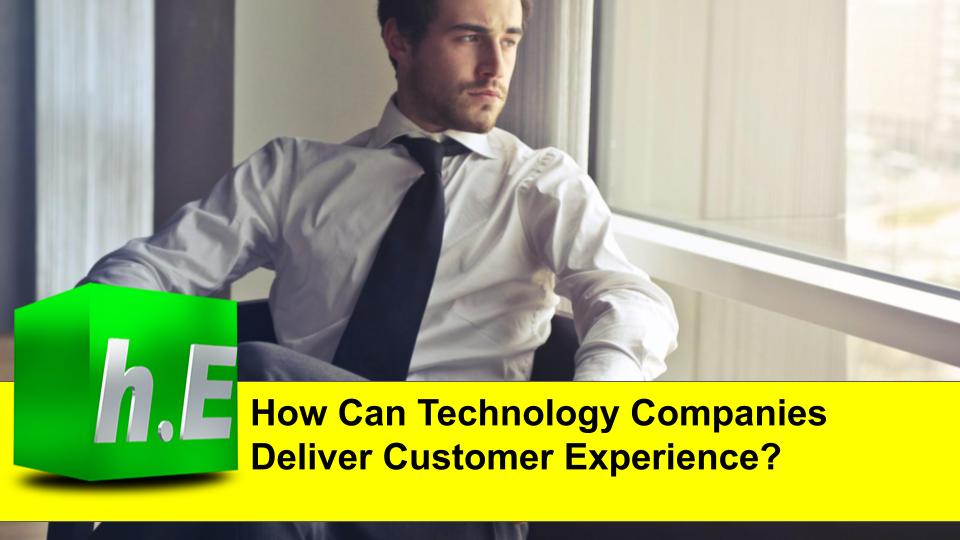The strategy of engaging the five senses in unison to deliver an enjoyable experience is suitable for businesses where customers come in face-to-face contact with them.
How can technology companies, such as Uber, deliver a customer experience when customers do not contact the employees?
Mainly, engineers working in ride-hailing companies identify every touchpoint between the customer and the app, from the customer keying in the destination and ordering the ride, the ride itself, and payment options to the driver’s rating at the end of the ride. They strive to make each touchpoint in the app user-friendly.
Here is how they deliver a customer experience:
Use of existing devices: The app has to be hardware agnostic. It can run on customers’ existing devices. In the case of Uber, it is a smartphone. This means that riders do not have to invest in acquiring an additional device to access it.

• Intuitive: The app is intuitive and does not require riders to acquire new cognitive skills to engage with it.
The least number of ‘taps’ required to get serviced: To engage with the app, users have to ‘tap’ a few times. In most cases, it is not more than three times. The best companies have reduced this to merely one step. For example, Amazon has patented its I-Click ordering, which places an order with just one tap.
Limited choices: If a large number of options are offered, it leads to decision fatigue and postponement of the decision. Therefore, limited choices are provided to customers for selection. Further, these choices are based on their past habits.
Keeping the user updated in real-time: The app is designed to update users on various aspects of the ride: the driver’s profile and his rating, time to reach the pickup point, time to the destination, and more. This ensures that uncertainty and anxiety are kept at bay. The ride hence becomes even more enjoyable. Designed to make drivers and riders behave better: This is done by having a rating system for the driver and the rider. The earnings of the driver are directly linked to favorable ratings. Riders, too, are dependent on a good rating: if they misbehave, then the next time they book a ride, they will get a lower preference. Therefore, the system is designed to self-correct.
All these features are intelligently embedded in the app to ensure that riders have a pleasurable customer experience.
Technology companies—such as Uber, Flipkart, Amazon, and Google—have a similar strategy, or a variation of it, to deliver a pleasurable experience to their customers and win their loyalty.

It’s important to create opportunities for staff to get to know each other at work and outside of work. Socializing extends the opportunities of feeling better. Almost all large corporations today have built in-house networks. These platforms link employees working in different locations. Small and medium-sized businesses can take advantage of readily available tools to facilitate social networking for employees create a more employee-friendly and happy atmosphere. Companies even have custom social networks, to connect their staff in the U.S., for example, with employees in Europe and Asia. This not only helps form better business relationships, but it also makes possible the sharing of best practices across cultures. If this sounds interesting, contact HyperEffects, for a free consultation on the concept, now.

